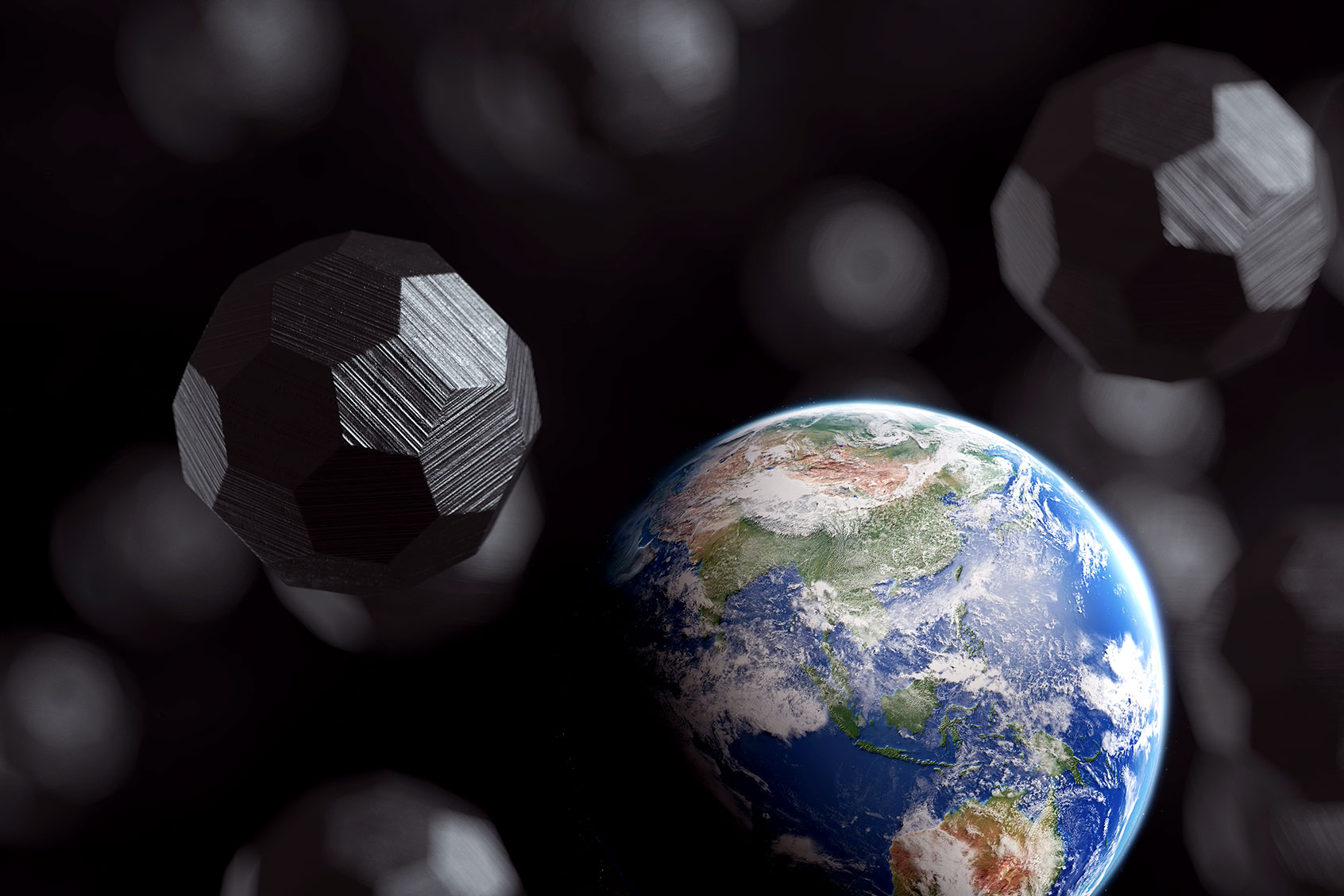When scientists search for extraterrestrial life, they invariably focus on the sixth element on the periodic table: Carbon.
"I don't think even most humans have much self-awareness, let alone bacteria and yeast and so forth."
At first glance, such a choice seems random. What is it about this atom that contains six protons, six neutrons and six electrons that makes it of such interest to scientists seeking aliens? We hear that carbon is able to support life. In fact, every living thing in existence is carbon-based — at least that we know of. The entire discipline of organic chemistry by definition revolves around the study of carbon and its special properties.
But is this a hard and fast rule everywhere in the universe? Or could extraterrestrial life exist with chemistry based on any one of the other 118 elements on the periodic table?
Salon reached out to experts in astrophysics, synthetic biology and the Search for Extraterrestrial Intelligence (SETI) for insights into the enigmas surrounding carbon and life. Among them was Dr. Adam Burrows, a professor of astrophysical sciences at Princeton University, who explained that carbon has two important properties which make it able to support life: It is abundant in nature and polymerizes (can form very large molecules) easily with other abundant elements like hydrogen, oxygen and nitrogen. Burrows referred to them as CHON combinations for short, noting that they can be combined to "achieve a huge range of conformations and shapes."
"With additional elements (such as S [sulfur], P [phosphorus]), CHON combinations can make large complex molecules with a huge number of structures," Burrows told Salon by email. "We know of millions."
These include long stable chains like those in deoxyribonucleic acid, better known as DNA, sometimes called the building blocks of life. They are capable of storing information that allow organisms to develop, replicate and evolve.
"Hence, carbon (in concert with other abundant elements) is central to the establishment of the potential for all we know on Earth is necessary for life to arise, evolve and complexify," Burrows said. He added that there are other atoms/elements on the periodic table that are chemically related to carbon, such as silicon, which "can't and don't do this." Why is that so?
Want more health and science stories in your inbox? Subscribe to Salon's weekly newsletter Lab Notes.
"Silicon can also do many of the things that carbon can do, but I think carbon wins out on the basis of merit."
"Silicon can also do many of the things that carbon can do, but I think carbon wins out on the basis of merit. It's better at forming very complex molecules," said Dr. Seth Shostak, the senior astronomer of the SETI Institute. The non-profit is one of the world's premiere institutes for the study of extraterrestrial life, from its Carl Sagan Center that focuses on life in the universe and its Center for Education which studies astrobiology, astronomy and space science to its Center for Public Outreach.
Much of carbon's appeal comes down to its four covalent bonds, which can be somewhat promiscuous. "In other words, it likes to hook up with other atoms," Shostak said. Although silicon can also be used to form complex compounds, "they're not as useful for biology. A trivial example might be CO2, [or] carbon dioxide. It has carbon, and it has a couple of oxygen atoms too. But carbon dioxide is pretty useful for biology."
Yet the silicon-based equivalent is silicon dioxide, which is basically little more than sand, Shostak explained, listing quartz as an example. "Sand isn't very useful biologically. You don't see a lot of animals that intake sand and expel something else, just because of its properties."
All of this explains why, when Shostak does his part to search for extraterrestrial life, "I assume that the aliens will be carbon-based too, if they're alive."
Yet what does it even mean to be "alive?" The very concept of what defines "life" is hotly contested among scientists, with experts disagreeing about even whether things like viruses should be considered "alive." In the case of viruses, they are biological entities with a DNA or RNA core surrounded by a protein coat. In order to function and reproduce, viruses infect living cells and co-opt their genetic material. Although viruses meet certain criteria for being considered "alive" — namely, that they grow and respond to external stimuli — they are not able to replicate on their own, but instead rely on their host cells.
If scientists cannot even figure out whether a genetic being that exists in the trillions on Earth is alive, how can they come up with a workable definition for anything humans discover off of our planet? Perhaps consciousness might be a key factor in determining whether something is alive.
"I don't think even most humans have much self-awareness, let alone bacteria and yeast and so forth," Princeton University synthetic biologist Dr. Michael Hecht said jokingly. "I think self-awareness is a much more profound thing. That's a whole long conversation. I think of bacteria. I don't think bacteria have self-awareness."
We need your help to stay independent
For a good working definition of life, Hecht cited the definition officially used by NASA, which holds that "life is a self-sustaining chemical system capable of Darwinian evolution."
Simply put, carbon is the only element that has ever demonstrated a capacity to serve as the basis for those complex chemical systems. While astrobiologists acknowledge the theoretical possibility that another element could serve as the basis of life forms if it too supported a chemical system capable of Darwinian evolution, no element has shown that it can do so — and there are only 118 elements on the periodic table.
This is why, despite the seeming randomness of it all, the search for extraterrestrial life must remain predominantly carbon-bound.

